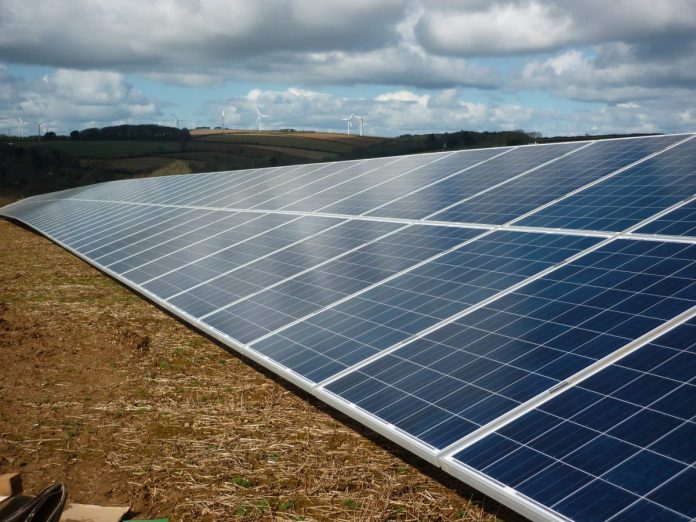British solar developer Hive Energy and Wirsol Energy, a unit of German project developer Wirsol, are now waiting for final approval of their planned subsidy-free 350 MW solar plant, to be built on the northern coast of Kent, near Graveney, Faversham, Sheppey and Whitstable.
The two companies said the U.K. Department for Business, Energy and Industrial Strategy would make a final decision on the project by the end of this month.
The project will likely be linked to onsite energy storage, with PV panels to be deployed with an east-west orientation. The facility will be connected to the nearby Cleve Hill Substation.
“Since 2017, the developers have consulted with all relevant stakeholders, including the authorities of Swale, Kent and Canterbury and their communities to design the solar park in response to consultation feedback,” the two companies said. “This is no ordinary solar park.”
The two developers have not said which entity will buy the plant’s electricity, and under which conditions.
Hive Energy is currently developing several subsidy-free solar parks in the United Kingdom, including an already-commissioned 48 MW PV facility in Hampshire.
The co-location of utility-scale solar and storage could accelerate subsidy-free deployment of renewables in the United Kingdom by reducing investment risks, according to a recent report by U.K. market research company Aurora Energy Research. The study noted that the co-location of energy storage with such projects could hedge the risk of price cannibalization, which occurs when the mass deployment of merchant solar drives down wholesale power prices so low that investor returns are affected.
Uniting solar plants and storage will be decisive for the construction of profitable subsidy-free renewable energy in the country, claimed Aurora Energy Research.
“We find project internal rates of return [IRRs] of between 6.6% and 7.6% for hybrid assets deployed in 2020 in our base case market scenario, compared with 4% for standalone solar and battery assets,” it said.
The co-location of PV and storage could also reduce balance-of-system battery costs by up to half, it added.






